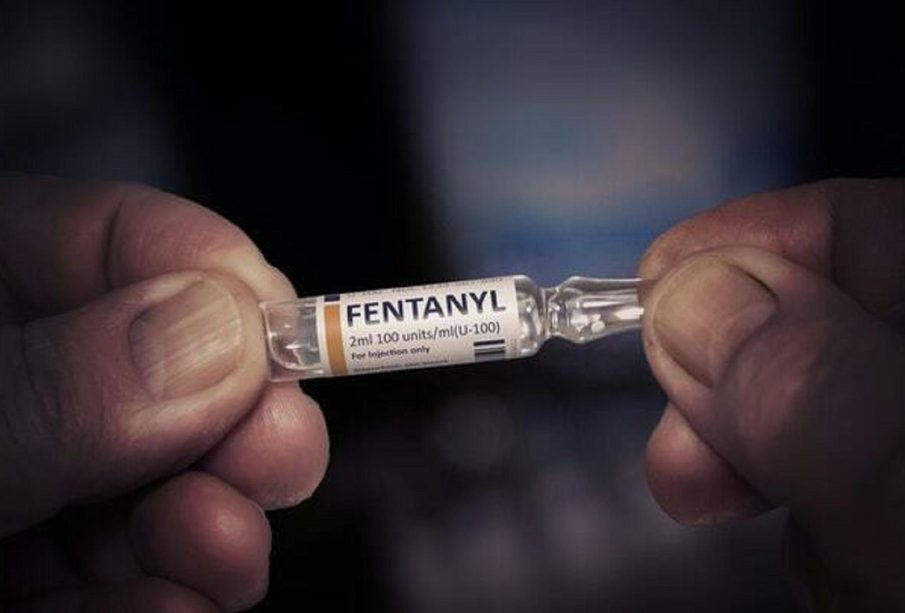The Fentanyl Crisis: An Urgent Public Health Issue

Introduction to the Fentanyl Crisis
Fentanyl, a potent synthetic opioid, is at the forefront of the ongoing drug crisis affecting many nations, especially the United States and Canada. Identified as a major contributor to rising overdose deaths, its importance is magnified in the context of public health, safety, and community resources. According to the Centres for Disease Control and Prevention (CDC), fentanyl has been implicated in nearly two-thirds of overdose deaths involving opioids, thus highlighting the urgency of addressing this epidemic.
The Rise of Fentanyl
Fentanyl was originally developed for medical use, primarily for pain management in patients with severe pain, such as those undergoing surgery or suffering from chronic pain conditions. However, its illegal synthesis and distribution have led to a significant rise in its abuse. The Drug Enforcement Administration (DEA) reported a marked increase in fentanyl seizures, indicating a growing trend in illicit drug manufacturing. The drug is often mixed with other substances, amplifying its potency and danger to users who may be unaware of its presence.
Impact on Communities
The impact of the fentanyl crisis is profound and multifaceted. Families are affected not just through loss but also through the challenges of addiction and recovery. Emergency services are overstretched with the increase of overdoses, leading to a far-reaching strain on public health systems. For instance, in 2021, over 70,000 deaths in the United States were attributed to synthetic opioids like fentanyl. Mental health services are also seeing a surge in individuals needing support as they deal with the ramifications of addiction.
Government and Community Responses
In light of the growing problem, various government initiatives are being implemented to combat the crisis. Public health campaigns aimed at educating the population on the dangers of fentanyl are underway, alongside increases in resources for addiction treatment and recovery services. Additionally, states are expanding access to naloxone, a medication that can reverse opioid overdoses, to community members. Reports show that communities actively engaging in awareness and prevention strategies have seen a slowdown in the rate of overdose deaths.
Conclusion
The fentanyl crisis remains a critical public health issue that necessitates comprehensive strategies encompassing prevention, education, and treatment. As communities continue to grapple with the repercussions of this epidemic, it becomes essential for public health officials, policymakers, and the general public to work collaboratively to mitigate the impact of fentanyl. Without prompt action and sustained efforts, the ongoing crisis could threaten future generations, making it an issue of immediate concern and relevance.









